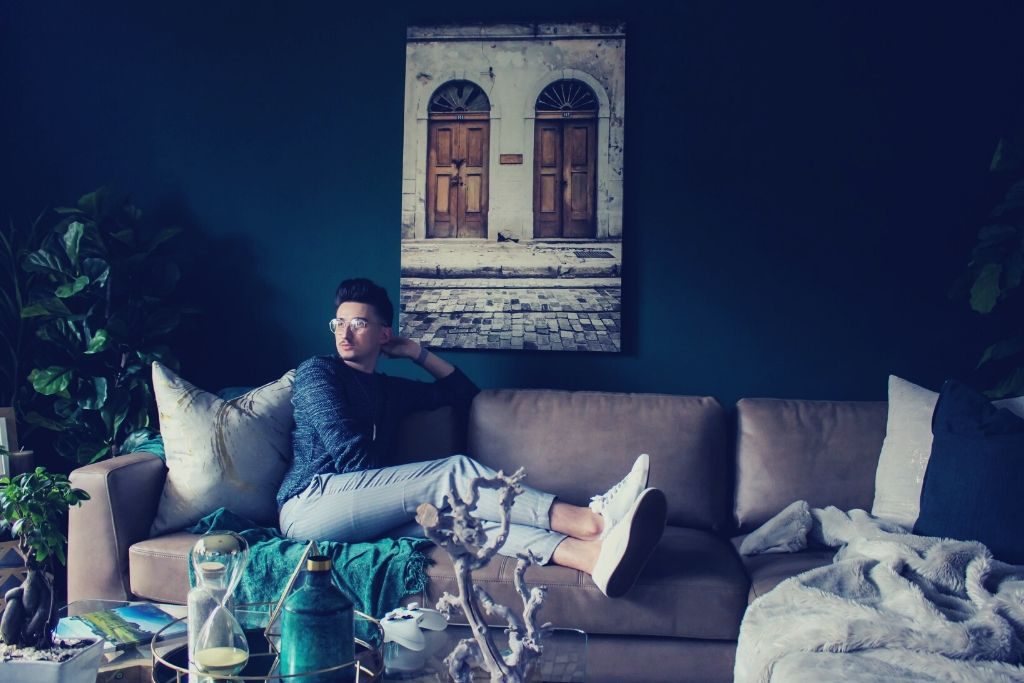Nowadays, it’s common to see a fusion of styles in interior design and architecture. However, when visiting a home in Europe or Asia, one will often still see specific historical and cultural characteristics. What are some of the popular styles on the two continents, and what are the differences and similarities?
The different Asian and European regions and countries have a broad range of interior design and architecture styles. And on both continents, it’s possible to come across both minimalist and maximalist design types.
Starting with the styles that favor as little as possible and moving towards an all-out approach, we reviewed some of the interior design styles prominent across Europe and Asia.
Extreme Minimalism

Those who are into extremely minimalist interiors might appreciate the serenity of Japanese-style interior design. This way of decorating has existed since the Middle Ages.
The entrances are often through a sliding door. The colors tend to be natural and muted: light wood paired with black and white, sand tones, and green. There is very little decoration or furniture. The tables are low and people usually sit on the floor.
Everything is made from natural materials such as bamboo, wood, and rattan. Rice-straw mats can usually be found on the floor. Asymmetry is an important feature of Japanese design. One might, for example, see a different number and position of shelves. The rooms are often divided by a thin moveable wall made of rice paper on a wood frame.
Minimalist but Cozy

While minimalist interior design has been popular for centuries in Japan, Europe has only recently embraced this style of home decoration. Scandinavian or Nordic minimalism, however, looks quite different from the Japanese variation. This aesthetic has been around for decades throughout Sweden, Denmark, Norway, and the rest of the region, but only recently became popular elsewhere.
This interior design style is characterized by a lot of light and an airy feel, which helps to combat the long and dark Nordic winters. There are soft, subdued colors like pastels and neutrals — even though they might be a shade or two more vivid compared to the muted tones of extreme minimalism.
The rooms are decluttered and functional, but there is more furniture than in a Japanese-style home. It also tends to have a simple design and features natural, light materials.
Another difference is that while ‘less is more’ in these homes, it’s also warm and comfortable. Hygge (a Danish word that roughly translated means ‘coziness’ or ‘comfort’) can be created by adding cozy pillows, plush rugs, beautiful plants, or perhaps a bright color to accentuate the details.
Flamboyantly Decorated

Chinese-style interiors, on the other hand, are rather maximalist. These homes usually have vibrant colors – especially red, which is thought to bring good luck in Chinese culture – but also yellow and green. The feng shui elements – fire, water, earth, and air – play an essential role here.
There are various decorations, such as paintings and wallpaper with plant or flower motifs and natural stone decorations. In front of the windows are bamboo blinds. The chairs are carved from dark wood with hand-painted details and high-gloss lacquered surfaces. On the table are porcelain cups with jasmine tea.
More is More

Heading further west in Asia, it’s possible to observe the Middle Eastern or Arab designs, which are also characterized by a lavish style. These houses often have high arches and outdoor patios, as well as large rooms with vivid colors. The floors of more affluent residencies might feature marble stones and thick Persian carpets.
The velvet curtains keep out the bright sunlight. One might spot Arabic calligraphy on the walls and brightly colored glass lamps hanging from the ceiling. The soft sofas and syrupy sweets might assist the residents’ comfort.

A traditional Baroque home décor is arguably the most maximalist interior design style one might encounter in Europe. This luxurious style, which originated in Italy, became popular throughout the continent after the Renaissance.
It can, for example, be admired in the Palace of Versailles. It features a lot of dark red, green and gold and is also known for its gilded frames, the use of colored marble, stained glass, painted ceilings, and twisted columns.






